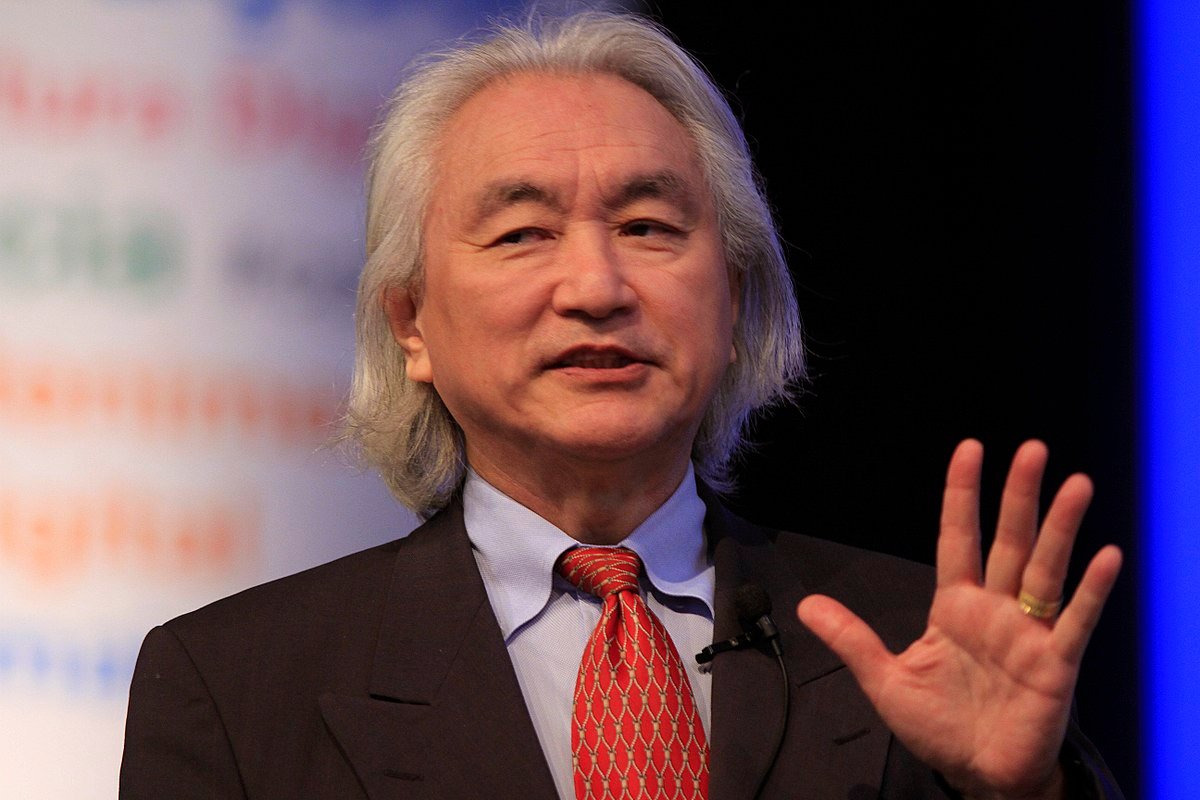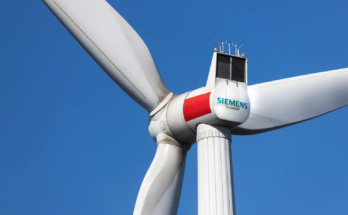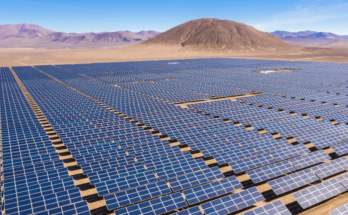
Theoretical physicist Michio Kaku lauded a recent nuclear fusion experiment at Lawrence Livermore National Laboratory as a “giant step toward the holy grail of energy research.” Kaku, a professor of theoretical physics at the City College and City University of New York, explained that the experiment’s outcome, which saw the production of 1.3 megajoules of energy at the National Ignition Facility, was a crucial advancement towards clean energy. He noted that a fusion reactor is carbon neutral and doesn’t produce carbon dioxide or nuclear waste, with seawater being a potential source of hydrogen fuel.
Fusion, the reaction that occurs when two atoms collide to form a heavier atom and release energy, is the same process that powers the sun. Despite its potential, Kaku acknowledged the current drawbacks of nuclear fusion, such as its instability at high temperatures, and the need for a continuous stream of energy rather than brief bursts.
In an interview with CNBC’s “The News with Shepard Smith,” Kaku said that the recent experiment was a “giant step towards clean energy.” The author of “The God Equation: The Quest for a Theory of Everything” emphasized the significance of the fusion reaction’s ability to provide a sustainable source of energy without producing nuclear waste, compared to fission in traditional uranium plants.


